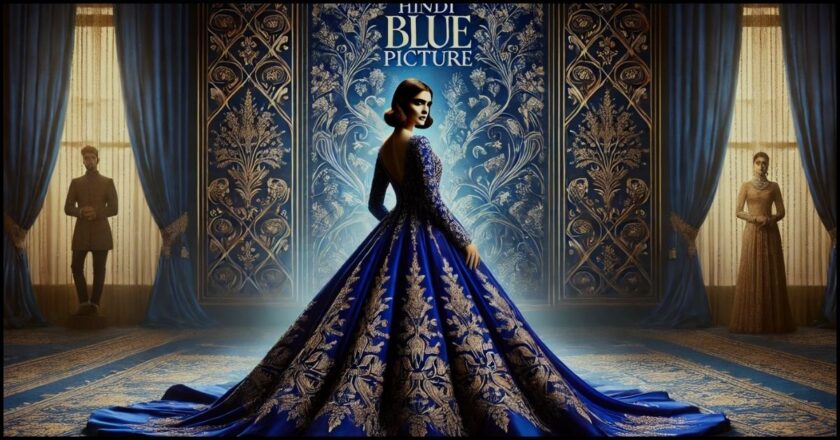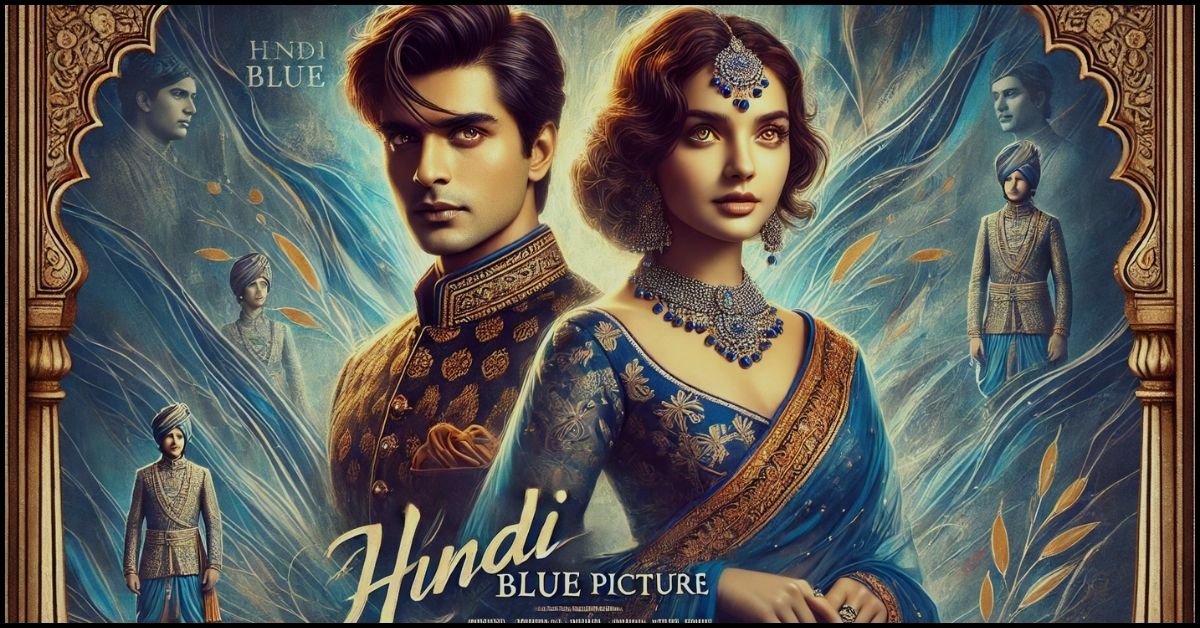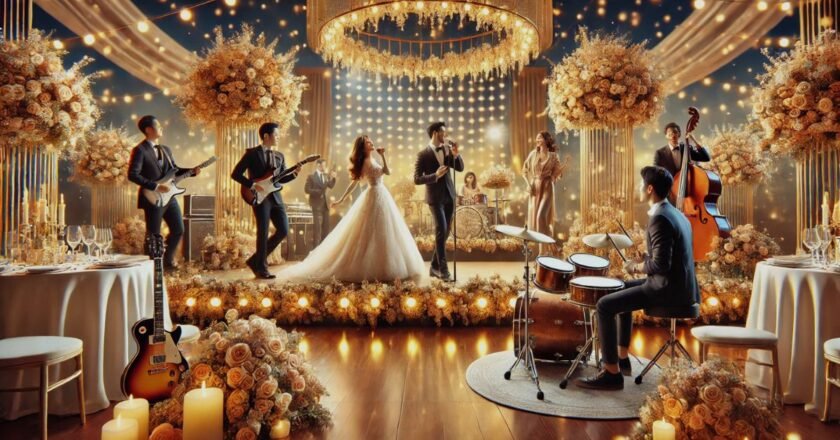India’s vast and diverse cultural heritage is filled with art, symbolism, and tradition. One of the most striking aspects of this artistic legacy is using color to convey deep meanings and evoke emotions. The “Hindi Blue Picture” is a remarkable symbol of India’s vibrant culture and rich history. This unique visual representation is exceptional in Indian art, literature, and spirituality, transcending mere aesthetics to reveal layers of meaning and connection to the past and present.
The Hindi Blue Picture is more than just a color palette or a painting style; it celebrates the cultural richness of India’s artistic landscape. Whether seen in murals, pottery, or digital art, vivid blue tones combined with intricate designs and motifs create a mesmerizing visual experience. This article takes you on a visual journey to understand the Hindi Blue Picture’s significance, cultural relevance, evolution, and role in shaping India’s art scene.
The Origins and Significance of Hindi Blue Picture

To understand the cultural relevance of the Hindi Blue Picture, it’s essential first to explore the origins of this color. Historically, blue has held significant importance in various cultures worldwide, but in India, it carries unique meanings tied to both the material world and spiritual realms. The deep blue hues, often associated with the Hindu deity Lord Krishna, symbolize divine love, the infinite, and the cosmos.
In ancient Indian art, blue was not just a color but an emblem of divinity, wisdom, and tranquility. Lord Krishna, one of the most revered deities in Hinduism, is often depicted with blue skin, representing his celestial nature. This spiritual connection is one of the key reasons why blue has become such a prominent color in traditional Hindi art.
However, the “Hindi Blue,” as we know it today, evolved through various periods of Indian history. The introduction of Persian influences during the Mughal era saw a fusion of vibrant blue with intricate designs, which later became synonymous with Mughal miniatures and Indo-Persian art. Blue became a powerful symbol of imperial grandeur and divine beauty in these artworks.
The Evolution of the Hindi Blue Picture in Art
As India transitioned through various dynasties and cultural exchanges, the usage of blue in visual representations expanded. The Mughal Empire, in particular, played a significant role in developing the iconic Hindi Blue Picture. During this period, miniature paintings flourished, often depicting scenes from mythology, royalty, and court life. Blue tones were used extensively to paint the skies, clothing, and even backgrounds, creating a sense of calm, order, and celestial beauty.
One of the most iconic examples of the Hindi Blue Picture in Mughal art is the depiction of “Jahangir and his Court,” where blue represents both the earthly and divine realms. This practice of blending blue hues with gold, red, and green allowed artists to create rich, dynamic compositions that spoke not only to the viewer’s eye but also to their soul.
As we move through history, the influence of the British colonial period introduced European painting techniques, which often featured blue as a symbol of refinement and sophistication. However, traditional Hindi Blue thrived in Indian folk art, textiles, and religious iconography.
The Role of Hindi Blue Picture in Modern Visual Culture
In contemporary India, the Hindi Blue Picture has found new life in modern artistic expressions, including digital art, graffiti, and design. This timeless color has been adopted by designers, illustrators, and artists who continue celebrating its rich cultural heritage while infusing it with modern aesthetics. The rise of social media has also contributed to the popularity of this color, with images featuring Hindi Blue gaining significant attention on platforms like Instagram and Pinterest.
One notable modern interpretation of the Hindi Blue Picture is in the vibrant murals of cities like Mumbai and Jaipur. These murals, which often depict scenes of Indian mythology, culture, and everyday life, use Hindi Blue to create a sense of harmony, peace, and continuity with the past. Similarly, textile artists incorporate blue into contemporary sari designs, merging traditional weaving techniques with modern patterns.
Additionally, Hindi Blue has become a favorite among interior designers and architects who seek to blend heritage with modern design. From home décor to luxury hotel interiors, this color often evokes a sense of serenity and sophistication while honoring India’s artistic history.
The Spiritual and Symbolic Meaning of Hindi Blue

Beyond its visual beauty, Hindi Blue holds profound symbolic meaning in Indian spirituality. As mentioned, it is closely tied to Lord Krishna, a deity associated with love, wisdom, and the infinite universe. In many Hindu temples, the walls and ceilings are adorned with depictions of Krishna, often in shades of blue, symbolizing the eternal connection between the divine and the earthly realms.
Moreover, the color blue in Indian culture represents tranquility and peace, creating a calming atmosphere. It is often used in religious settings and practices, such as in paintings of gods and goddesses, to evoke divine energy and serenity. The color blue’s association with the cosmos further emphasizes its spiritual significance, reminding believers of the vastness of the universe and the divine presence that transcends it.
In modern spiritual practices, blue is also used in meditation spaces, where it is believed to enhance concentration and connect practitioners to higher states of consciousness. The Hindi Blue Picture, therefore, extends beyond being just a visual representation to become a tool for spiritual exploration and introspection.
The Global Influence of Hindi Blue
The influence of Hindi Blue extends far beyond India’s borders. As the world becomes more interconnected, cultural symbols and artistic styles often transcend national boundaries. The striking beauty of the Hindi Blue Picture has captivated international audiences, leading to collaborations between Indian artists and global brands. This cross-cultural exchange has not only elevated the visibility of Indian art but also contributed to a more global understanding of Indian heritage.
One of the most notable examples is the growing popularity of Hindi Blue in international fashion. From Paris to New York, designers worldwide have embraced the rich blue tones in their collections, often drawing inspiration from traditional Indian textiles and art. This fusion of Eastern and Western aesthetics has created a unique fashion trend that celebrates the beauty of Indian culture while incorporating modern sensibilities.
Similarly, Hindi Blue has gained recognition in design and architecture, where it is seen as a symbol of elegance and sophistication. International exhibitions and art galleries showcasing Indian art and culture have further propelled the global recognition of this beautiful visual element, allowing Hindi Blue to shine on the world stage.
How Hindi Blue Reflects India’s Cultural Heritage
The Hindi Blue Picture is not just a color but a reflection of India’s diverse and rich cultural heritage. It speaks to the country’s historical significance, spiritual depth, and artistic achievements. Through its use in various forms of visual art, architecture, and design, Hindi Blue connects the past with the present, honoring traditions while embracing innovation.
The fusion of Hindi Blue with other colors, patterns, and designs in modern artwork continues to push the boundaries of creativity. It represents the dynamic evolution of Indian culture, where the past and the future coexist harmoniously. As a visual representation of love, spirituality, and heritage, Hindi Blue is a testament to India’s timeless beauty.
FAQs about the Hindi Blue Picture
What is the significance of Hindi Blue in Indian art?
Hindi Blue holds deep spiritual significance, especially in Hinduism, where it is associated with deities like Lord Krishna. It symbolizes divinity, wisdom, peace, and the infinite. In art, it represents celestial beauty and harmony.
How has the use of Hindi Blue evolved?
The use of Hindi Blue evolved from ancient depictions of gods and deities in Hindu temples to its prominent place in Mughal and modern Indian art. It continues to be a part of contemporary visual culture, merging tradition with modernity.
Why is Hindi Blue famous for its contemporary design?
Hindi Blue has gained popularity in modern design because it evokes elegance, peace, and a sense of cultural heritage. Designers use it to create serene and sophisticated environments while honoring Indian artistic traditions.
Can Hindi Blue be used in interior design?
Hindi Blue is frequently used in interior design to create calm and harmonious spaces. Its spiritual significance adds depth to rooms and can be incorporated into wall art, textiles, and décor items.
Is Hindi Blue only found in Indian art?
While Hindi Blue is primarily associated with Indian art, its influence has spread globally. Artists and designers worldwide incorporate color in their work, contributing to its international recognition.
What is the connection between Hindi Blue and Lord Krishna?
Hindi Blue often depicts Lord Krishna, symbolizing his divine and celestial nature. The blue hue represents infinity and divine love, which are core aspects of Krishna’s teachings.
Conclusion
The Hindi Blue Picture is a profound visual journey through India’s rich cultural tapestry. From its spiritual significance to its enduring presence in art and design, this color symbolizes much more than just a visual aesthetic. It captures the essence of India’s artistic soul, connecting the past with the present and the earthly with the divine. Whether seen in traditional paintings, modern fashion, or architectural designs, Hindi Blue continues to shine as a symbol of beauty, peace, and cultural pride.

Aiden Cole is a dedicated writer at SpinUpBusiness.com, specializing in delivering insightful content on business, technology, lifestyle, and beyond. With a knack for breaking down complex topics into practical advice, Aiden aims to empower readers with the knowledge they can use in their everyday lives.



